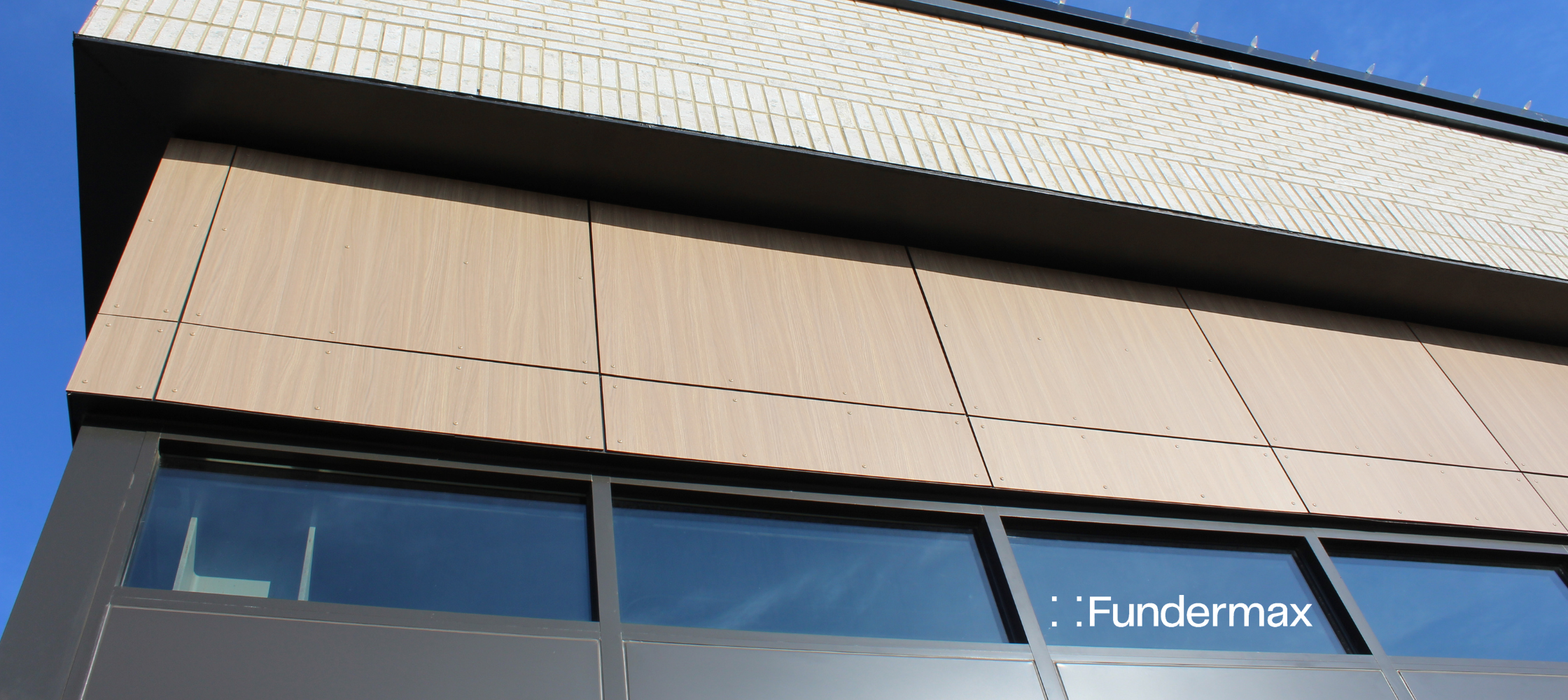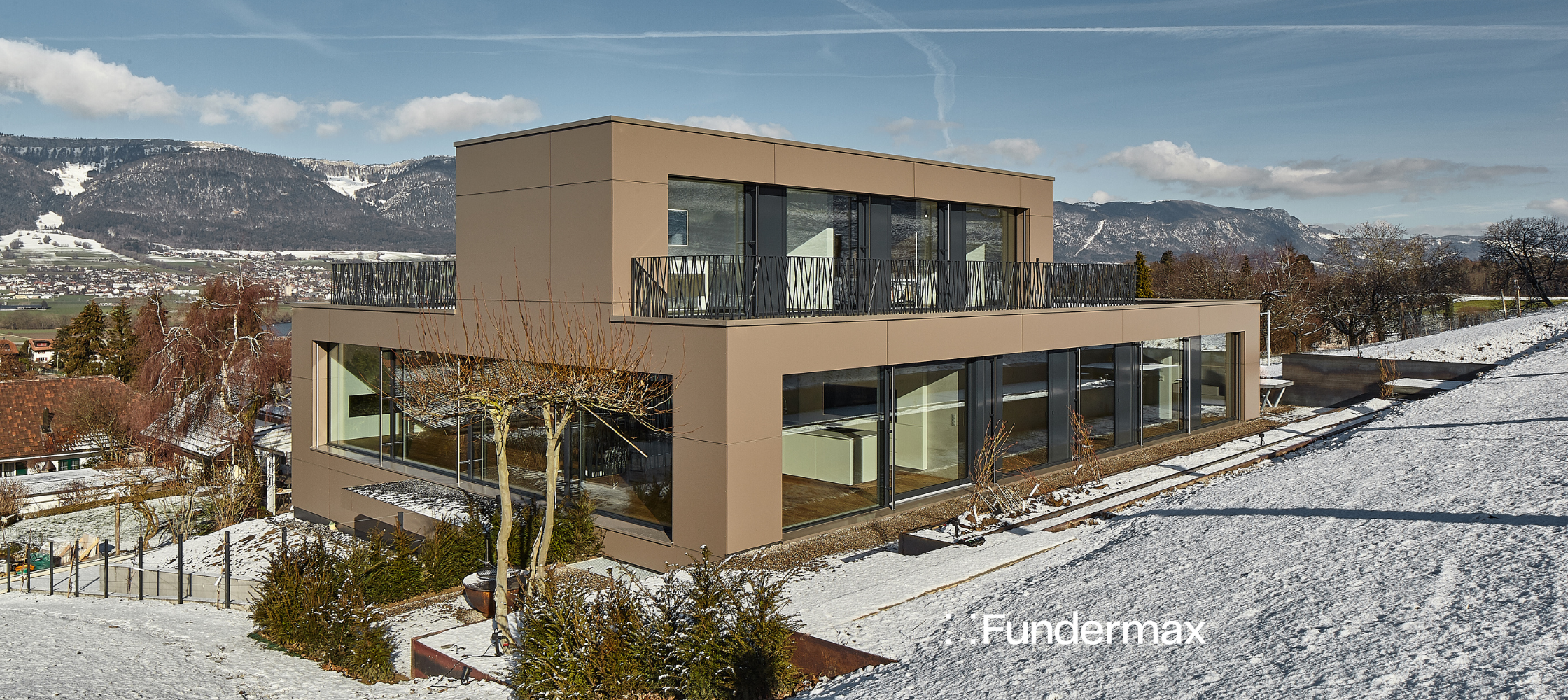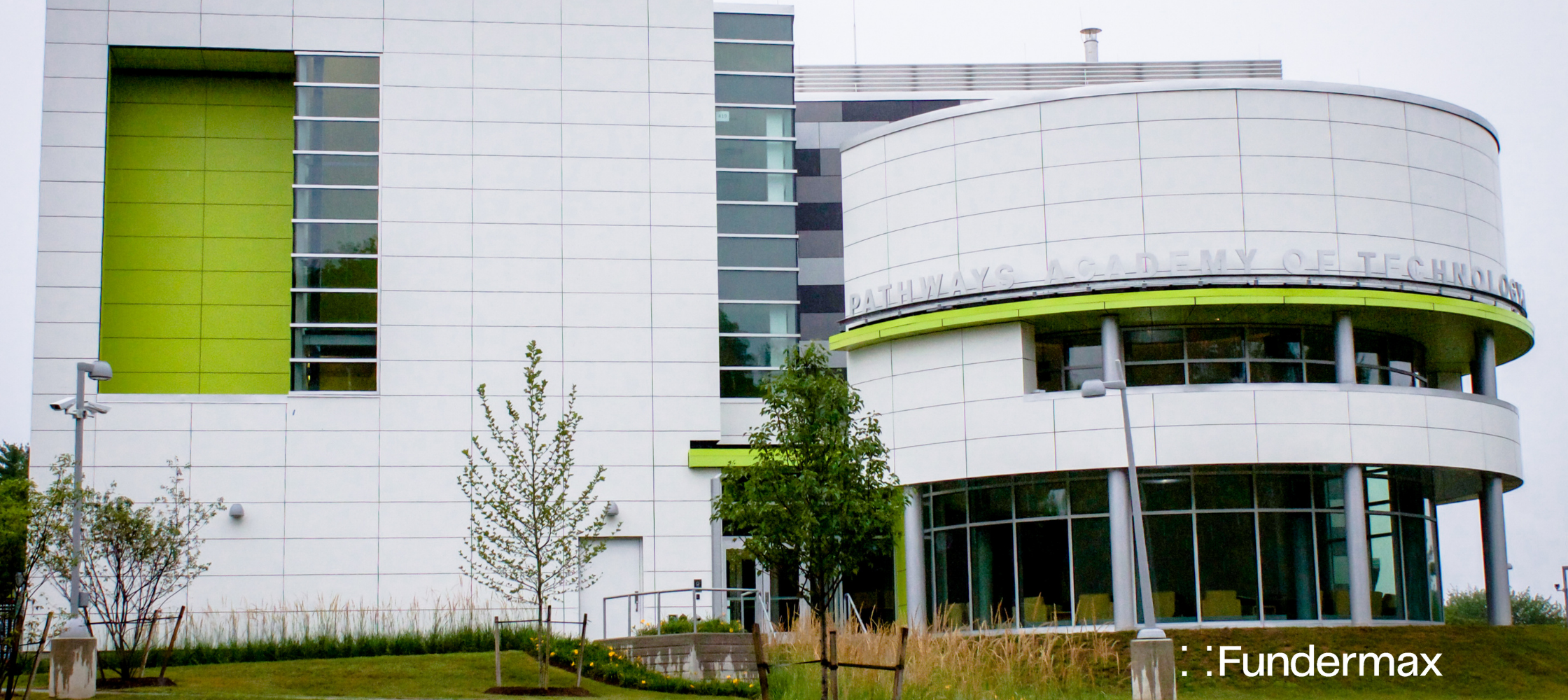Paul McCafferty
Paul is FunderMax's Technical Director. He has spent years in the construction industry and has a background in contracting.
Fundermax is proud to announce that we have recently completed our Intertek Code Compliance Research Report for all of our commercial exterior façade systems in the USA. We now have 2021 IBC Code Compliance with Exposed, Concealed, and Modulo...
Exterior architecture has been heavily influenced by perforated design with beautiful and exciting results. Various takes on perforated building facades even made The Architect’s Newspaper’s list of enclosure trends of the decade. Perforated designs...
Architects and designers are specifying phenolic panels for their designs more and more thanks to the material’s virtually limitless design options and versatility. But, design freedom isn’t the only reason phenolic panels are on the rise....
Fundermax has been around for over a century, and we love answering questions about high pressure laminates and phenolic panels. One question we commonly hear is, “Can you paint phenolic panels?” The answer is yes and no; or rather, you can – but...
Phenolic panels (also called high-pressure laminates or HPL panels) are rising in popularity among virtually everyone involved in the design and building process. From architects and designers to contractors and building owners themselves, the...
Fundermax is a global phenolic panel manufacturer for exterior, interior, and laboratory applications. We are known for our durable phenolic panels (also called high-pressure laminate or HPL panels) that are used in residential and commercial...
As a global leader in phenolic panel manufacturing, Fundermax is certainly partial to the benefits of the material; however, we recognize that other materials can be used for similar applications. Therefore, to provide a helpful measure of...
Historically, sustainable design has primarily focused on operational efficiency or operational carbon, meaning the energy usage once the space is occupied. However, with the growing emphasis on reducing carbon emissions, the scope of sustainable...
When designing public and commercial spaces, seasoned designers know that specifying commercial bathroom partitions is more than an afterthought. Bathroom partition walls have to meet high demands for function, and yes, they ought to support the...
When installing interior wall cladding designs, there are a few essential factors to consider. Interior HPL panels offer more than the practicality of exceptional strength; they are also highly decorative interior wall cladding materials. That means...
Recladding or renovating a building is becoming more popular – and, given the benefits, it comes as no surprise. Rather than new builds or rebuilds, a growing number of owners and architects are leveraging the concept of recladding a building. ...
Greyscale testing is a method of determining a material’s colorfastness when exposed to accelerated weathering. From the results of the test, a Greyscale score or rating is given to the material. The Greyscale rating is identified based on the...
No matter the industry, it is important that a company stands behind its work and its products. A manufacturer’s warranty is a primary way for this to take shape. Each of the leading phenolic panel manufacturers offer warranties, but these...
Along with sustainability and versatility, curving designs have made the short list of top modern design trends. In an interview with Architectural Digest, trend forecaster Michelle Lamb describes “rounded details ranging from circular structural...

.png)
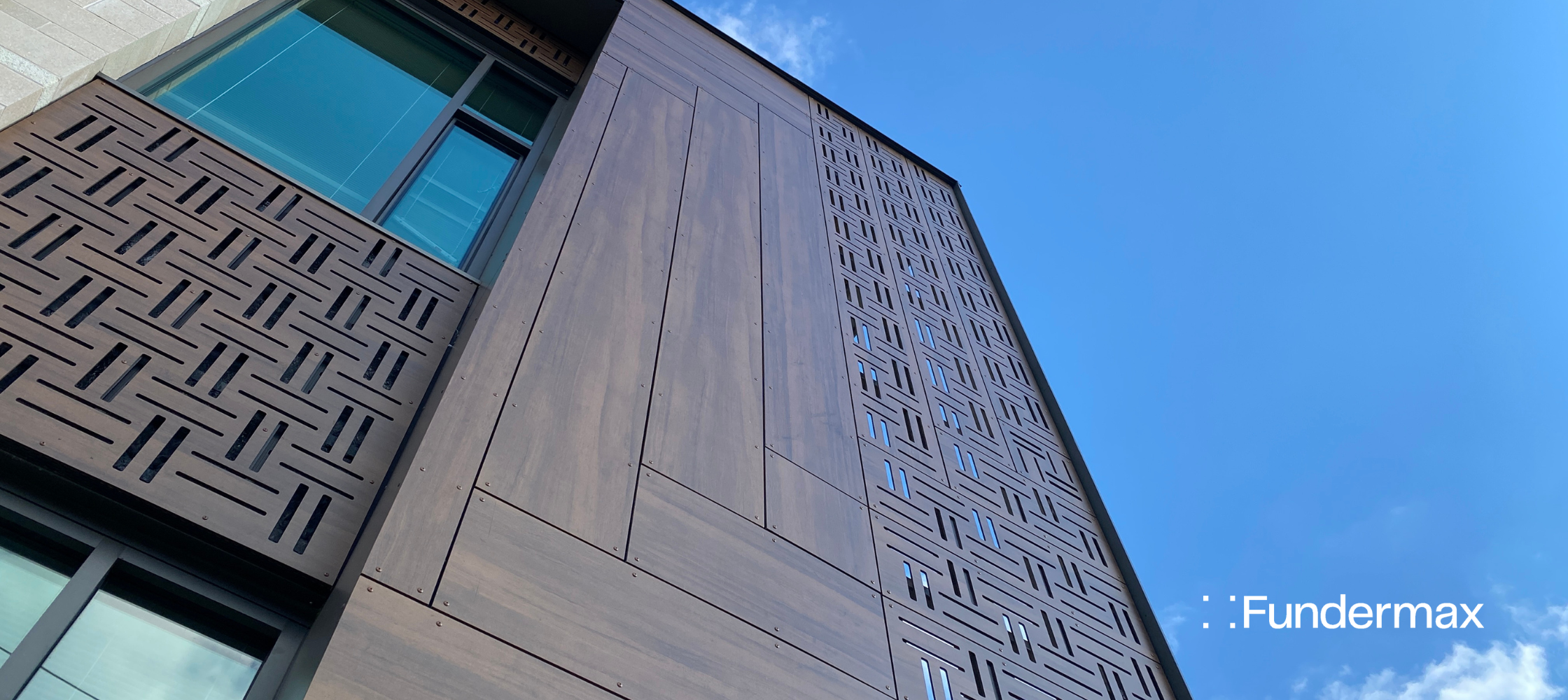
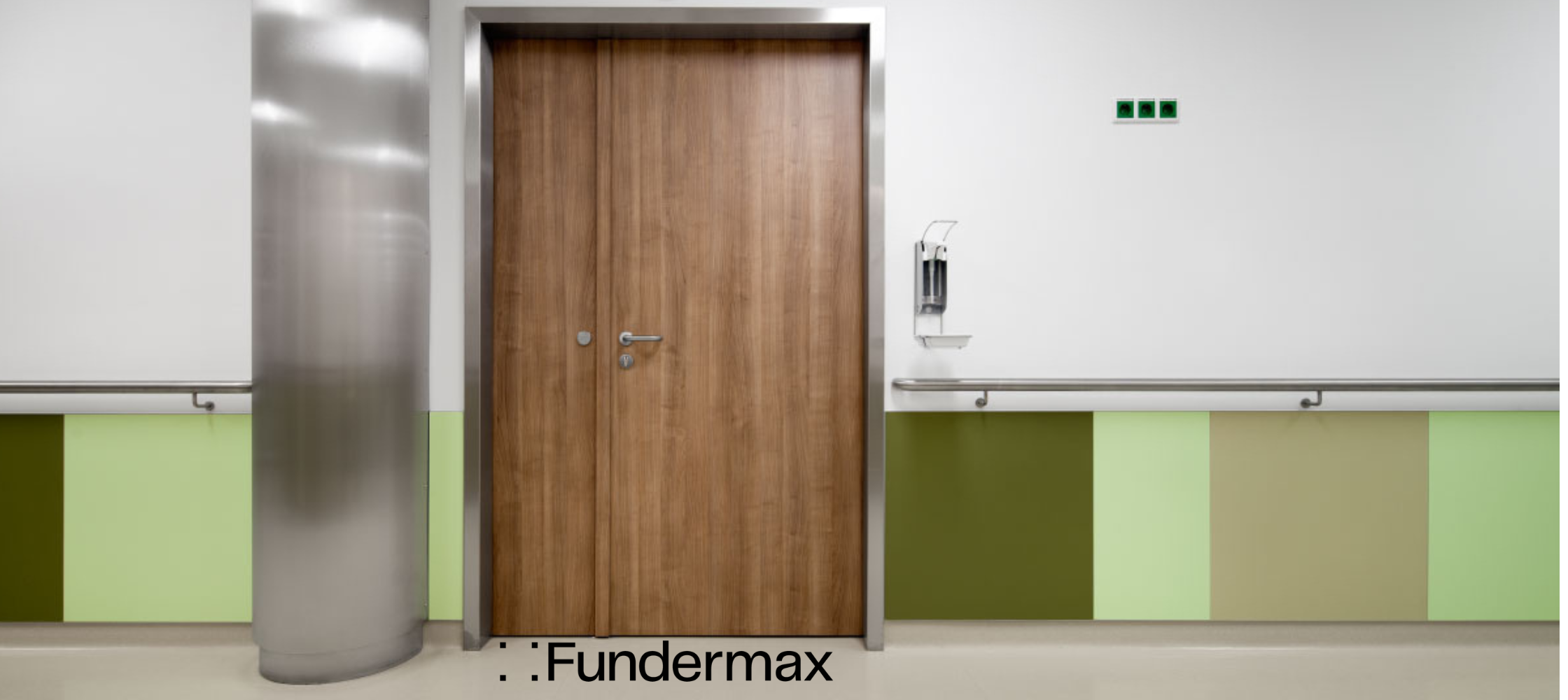

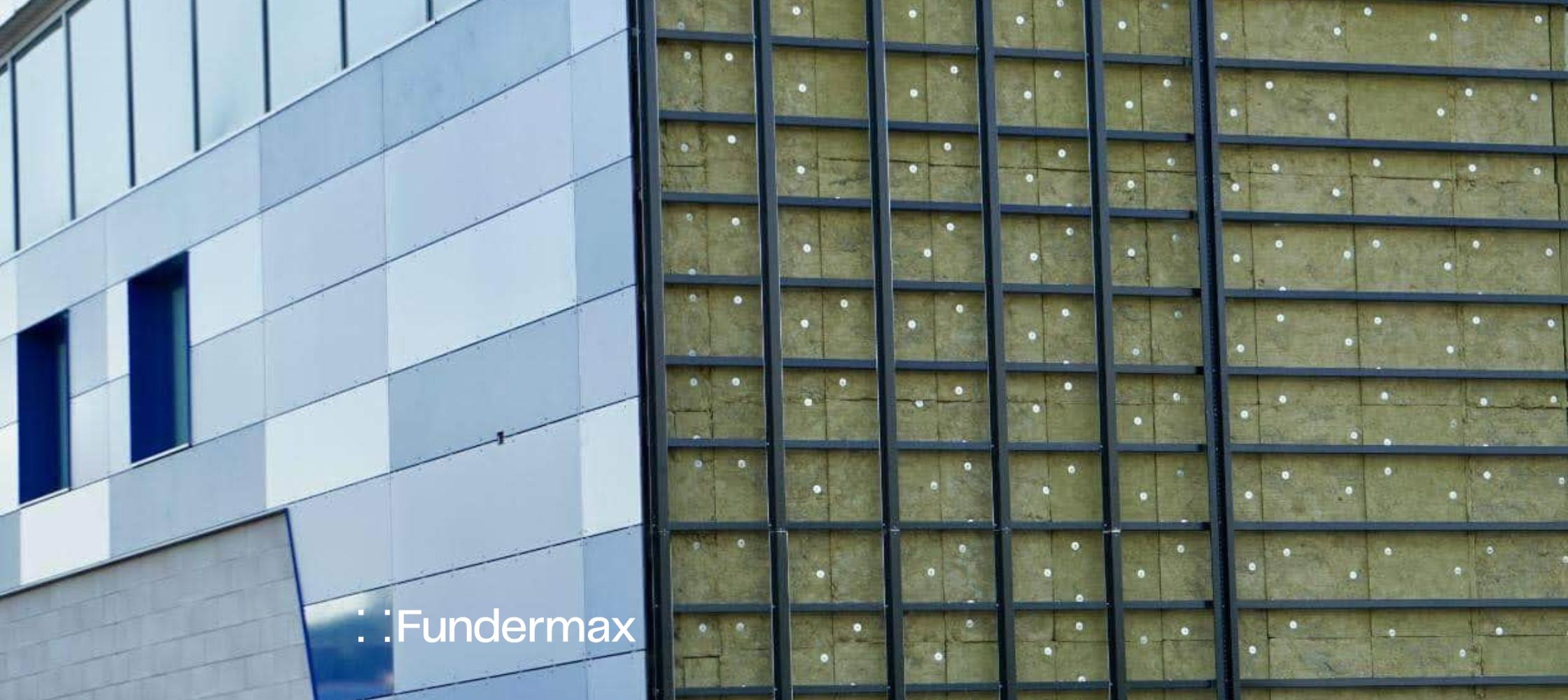
.png)
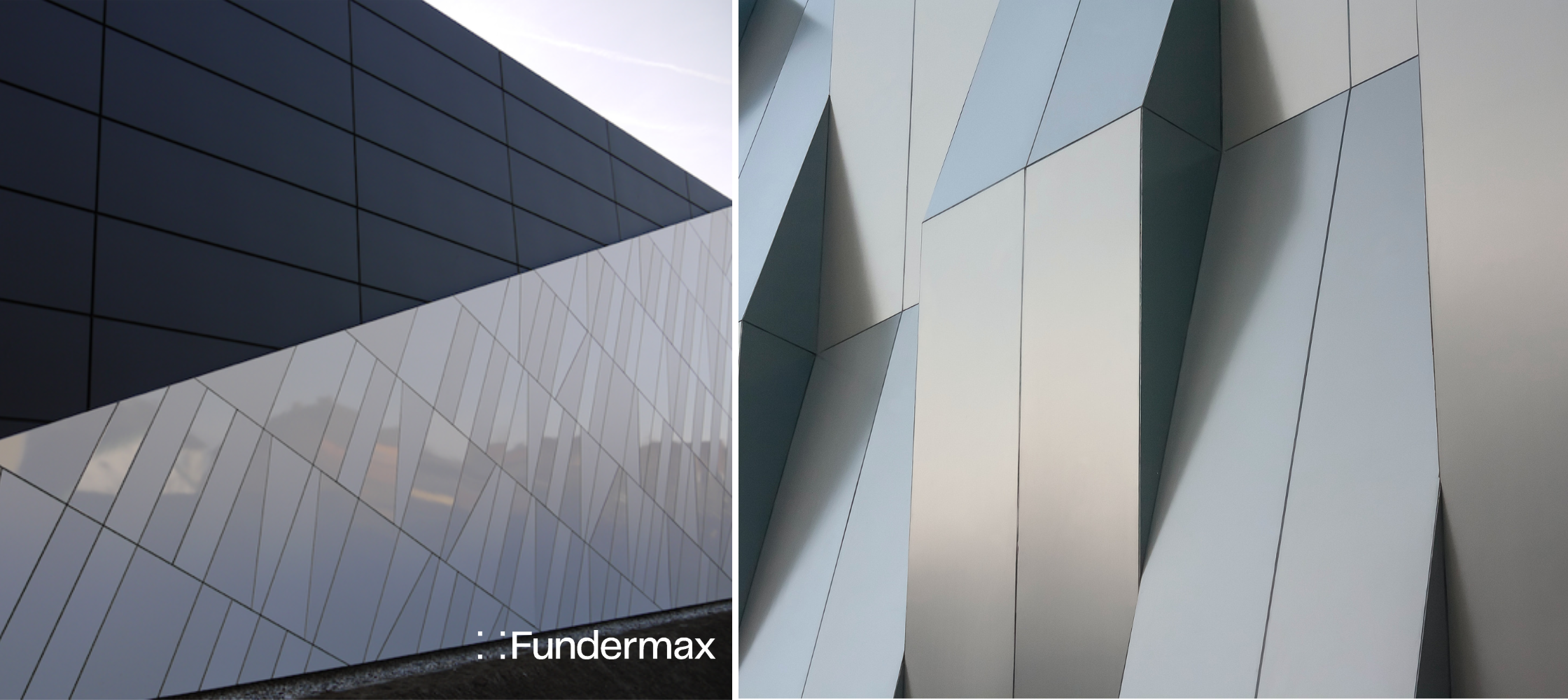


.png)
